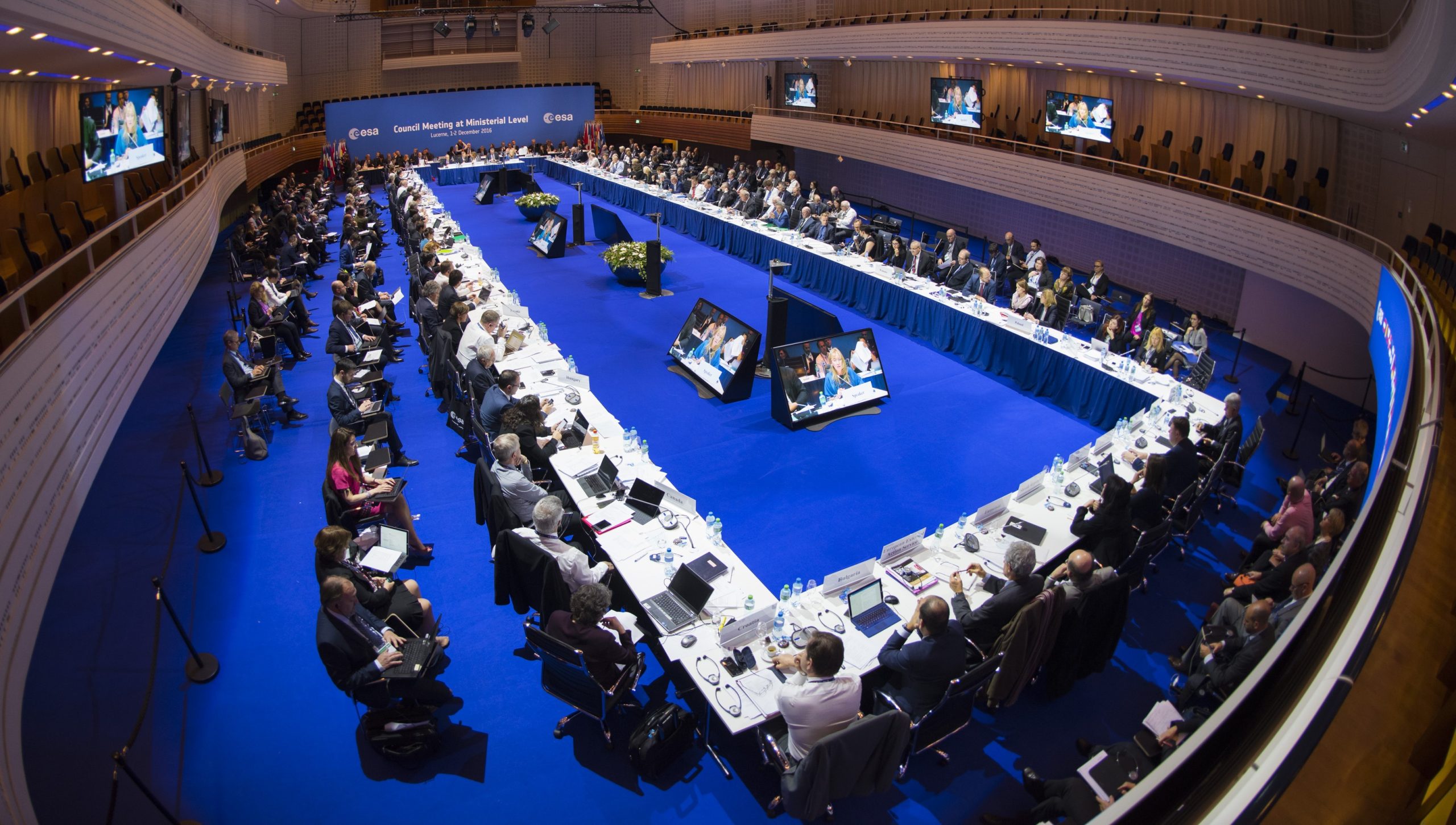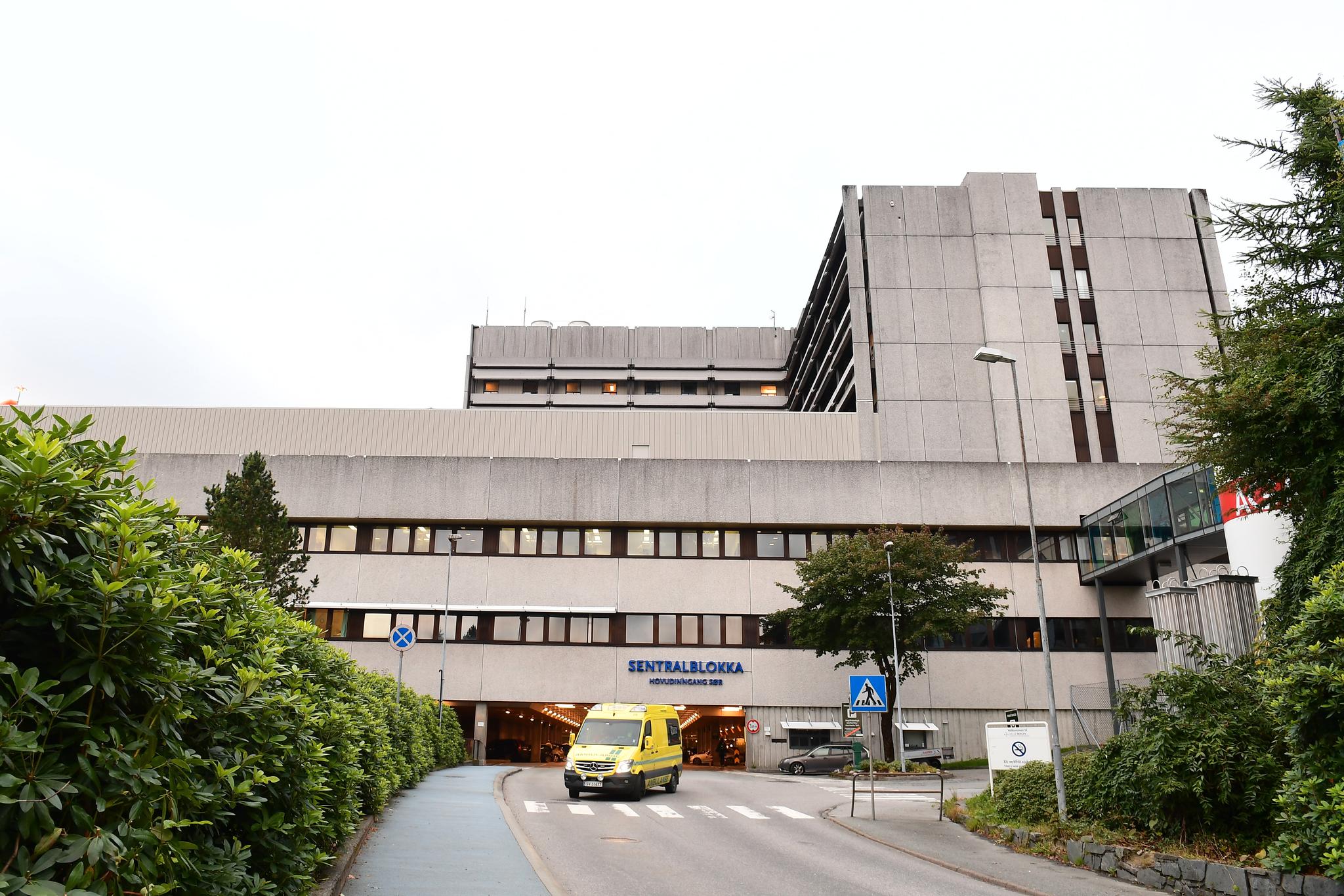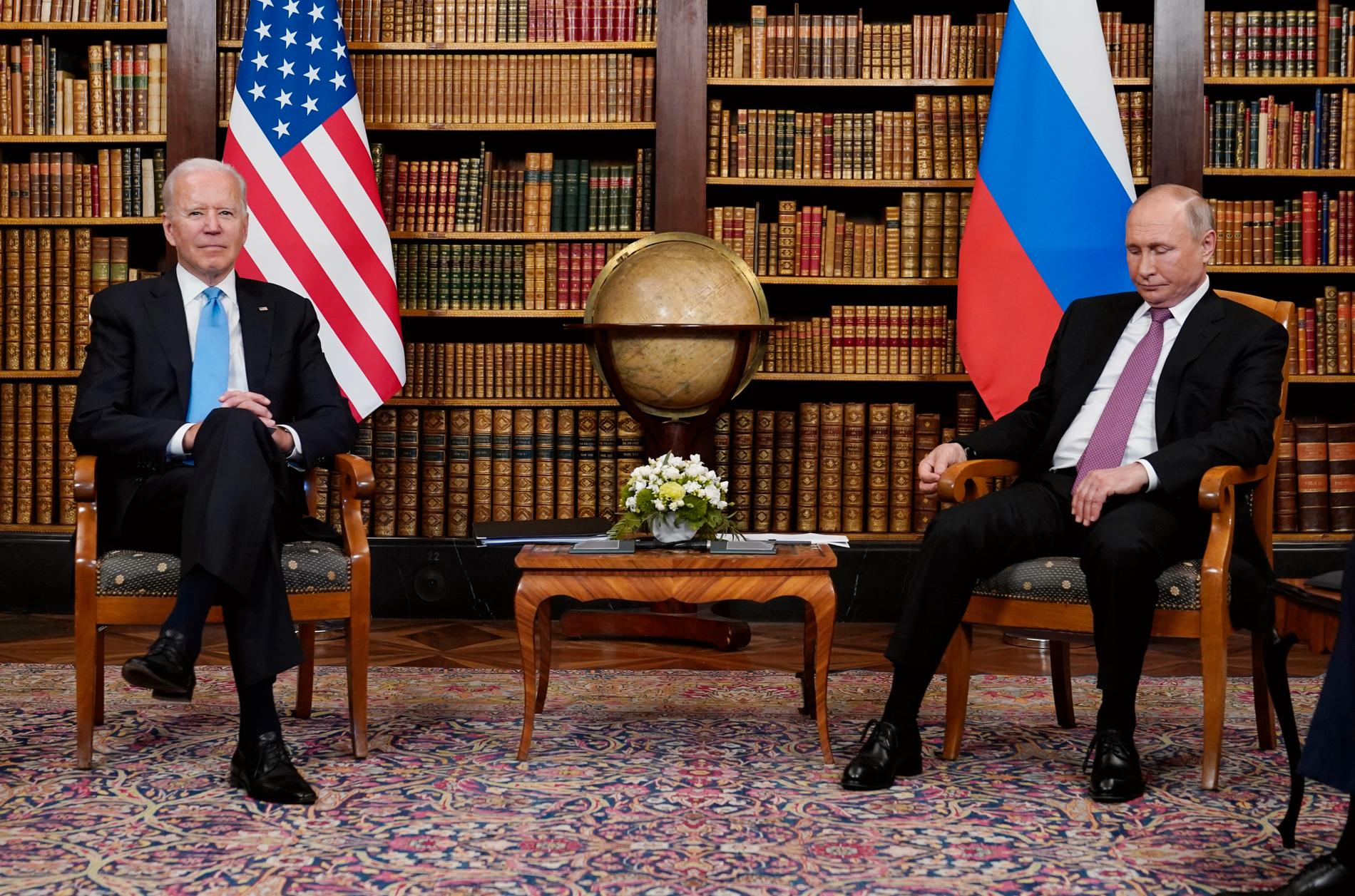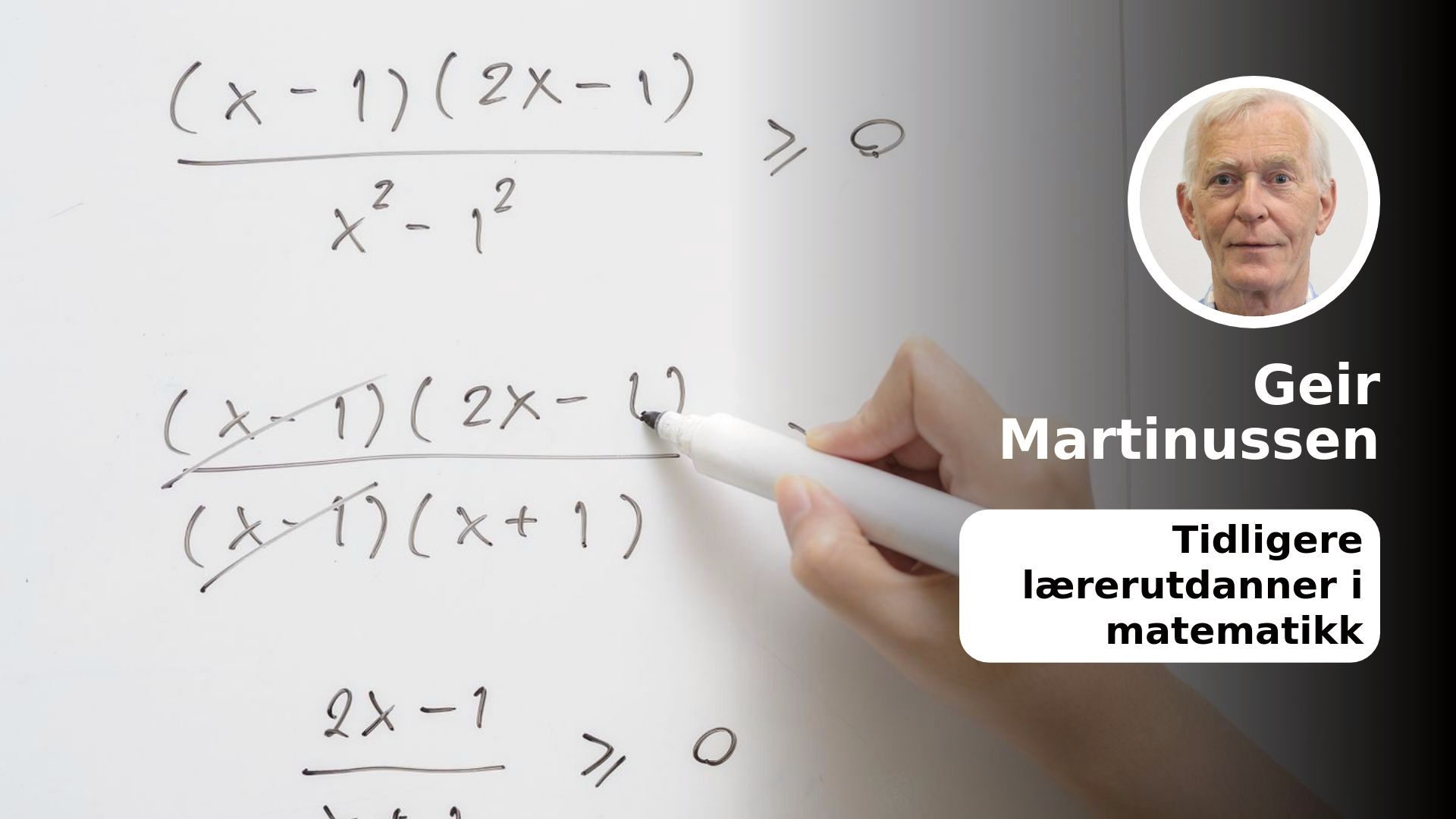An important meeting is held every three years European Space Agency ESA. Then “space ministers” from all 22 member states meet in a ministerial meeting.
The ministerial meeting is the highest level of decision-making in the European Space Agency. This is where the budget and regulations for new space projects are set. Additionally, membership fees are set for the next few years.
In Norway, the Minister of Trade and Industry is the “Minister of Space”. This year, Paris hosts this wonderful event.
This is the number of ESA funded activities in and for space, among others within manned space travel, the development of space probes and new space telescopes that will examine the solar system and even in space, satellites that will research the Earth’s climate and environment, and the development of innovative technology For telecommunications and navigation, systems for monitoring space debris and other hazards from space, the development of new launch vehicles and ground systems, and commercial development opportunities for products and services from space technology to European industry.
The primary role of the European Space Agency is to carry out space activities that individual European countries and their companies cannot undertake on their own. Gradually developing space technology has allowed an increasing number of European countries to have their own satellite programmes, but there is still much that can be done jointly through the European Space Agency.
In these meetings, Norway shows which space project we would like to prioritize in the ESA’s next program period.
Countries announce what they want to invest in
Before the ministerial meeting, the ESA prepares a project proposal that they want to fund, with associated research and development activities, how much it will cost, how the project will be implemented and reported, and more.
In the ministerial meeting, the National Space Centers of each of the ESA member countries participated, along with representatives from their governing ministries. Usually the Norwegian Minister of Industry himself does not participate, but rather sent a State Secretary in the Ministry of Industry and Fisheries in his place.
During the meeting, each country announces, i.e. announces, to the other member states how much money it is willing to invest in each of the project proposals submitted by the European Space Agency.
For a new large ESA project to start, a total declaration of a certain amount is required. If the project does not go beyond this limit, the satellite, space probe or rocket will not be built. Thus the money set aside for this purpose can be used for another ESA project.
During the ministerial meeting, there are at least two rounds of announcement to clarify which projects can be implemented and which should be postponed.
Compulsory and voluntary program
In ESA, a distinction is made between mandatory and volunteer program. Compulsory programs are funded by an ESA membership fee in practice.
The budget for compulsory programs is agreed jointly at the ministerial meeting. Here the countries must participate according to the size of the country and the net national income. Norway’s share of the total membership share is about 2.3 percent.
Each country decides for themselves which of the ESA volunteer programs they will participate in, and how much they want to fund these programmes.
The money each country invests in ESA projects is returned in the form of industrial contracts, contracts for research and technology development, and opportunities for both experienced and newly graduated candidates to apply for jobs at ESA.
Prior to the ministerial meeting, a quarter of the proposed ESA projects went through a lengthy process in which the space organization prepared the documents on which ministers would decide at the meeting. In this process, the Norwegian Space Center actively participated on behalf of Norway.
Determines the land for the main contractor
Because it is the largest member state of the European Space Agency that tends to contribute the most. But they are also the ones who get the most benefit from their contributions, especially by being the main contractor on a larger space project. Norway was the main contractor for some of the research studies.
Before the ministerial meeting, the European Space Agency is trying to assess how much money different countries will invest in different projects. At the meeting itself, countries want to influence these projects so that they better match the funding that each country plans to provide.
ESA project funding determines which country the space industry will be the main contractor for the various projects. This will have to be negotiated several times, perhaps especially between the largest countries in the European Space Agency, namely France, Italy, Great Britain and Germany.
Approved spatial policy data
The ministerial meeting also adopted spatial policy statements. It defines the general framework of the ESA programme, a direction of activities.
In 2022, among other things, additional cooperation with NASA on new lunar flights and the planned space station in lunar orbit will be financed.
It also applies to the further development of a new and large European rocket, a new type of weather satellite, new communications and navigation satellites, innovation to repair satellites in orbit, new software for analyzing data from climate satellites, development of satellites that will monitor space weather, and more. So.

“Explorer. Unapologetic entrepreneur. Alcohol fanatic. Certified writer. Wannabe tv evangelist. Twitter fanatic. Student. Web scholar. Travel buff.”




